The following analysis is the first in a series of special reports from The Mars Agency providing a comprehensive overview of the key digital marketing opportunities available through five leading retailers in the CPG marketplace.

If you don’t win search, you don’t win.
In 1998, Google officially launched, transforming the internet and setting the stage for sponsored search ads. New technology at the time showed brands how people were searching and what keywords they were using. Paid search became a vital part of SEO strategies, as brands clamored for real estate in the form of impressions and clicks. It was a fun game, as entire departments and agencies were built to help support this new way of marketing.
Fast forward to 2012 and Amazon launched Amazon Marketing Services (AMS). Would brands really pay for search ads, and if so, how would Amazon strike that fine balance between showing relevant items to searchers or just collecting money from brands? In Jeff Bezos’s mind, everything revolved around the customer, so relevancy became the core tenet of everything AMS did.
Today, every retailer’s media platform offers advertising options that go beyond search to include a variety of digital touch points and even some brick-and-mortar elements. But search remains the de facto “must win” element of a successful advertising approach. I won’t get into all the details, but put simply, shoppers are either searching specifically for you or one of your competitors — or they’re asking for suggestions by typing in a phrase such as “organic snacks.” The key question for brands, then, is, “Where are you showing up?”
To win search, every brand needs to have a strategy that accounts for each retailer’s unique algorithm. Folks ask me all the time, “What’s the difference between search on Target.com vs. Walmart.com?” … “How do the algorithms differ?” … “Why is my ROAS (return on ad spend) higher on Instacart vs. Amazon?” In this report, we’re going to answer some of those questions by breaking things down for you to highlight key differences across retailers and provide clarity on the elements that matter for each.
Over the next several months, we’ll then examine some of the other key opportunities available across these retailer platforms to give you a better understanding of how to best succeed with each account.
John Willkom, SVP-eCommerce, The Mars Agency
WINNING SEARCH ON:
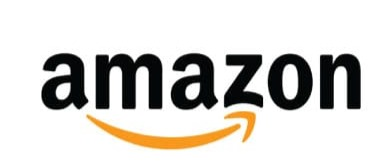
KEY POINTS
Structure campaigns based on a branded, category, and competitor framework. Remember that 35% of shoppers click on the first product listed.
Winning in search is the equivalent of a prime store/shelf location. A great search strategy drives easy discovery — similar to multiple touch points in a store.
Employ an “Always On” search approach that creates a seamless shopping experience for current customers and ensures your brand is in the consideration set for all relevant searches.
Amazon uses a second price auction model: The winner pays $0.01 more than the next highest bid. Evaluate bids daily to ensure you’re not driving up CPCs (cost per clicks).
Run search reports often and lean on the data: what’s converting, what’s not, and where can you drive efficiency? The average conversion rate for Amazon PPC (Pay Per Click) ads is 9.55%.
TIPS & TRICKS
Established brands will need to spend more on branded search terms to protect share of shelf.
Challenger brands will allocate more budget to longer-tailed keyword phrases to win niche segments.
CRITERIA INFLUENCING SEARCH RANKING:
- average number of times keywords are mentioned in the product title
- The number of product reviews
- Organic sales, traffic and sales from
external sources
WINNING SEARCH ON:
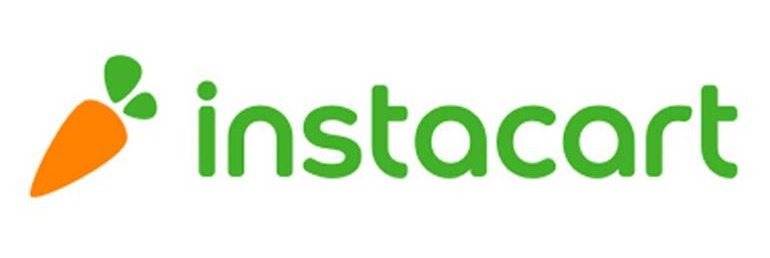
KEY POINTS
Keyword targeted ads appear as “featured” products when shoppers search. Customers conduct an average of 20 searches on each visit.
Current ROAS benchmarks are 2-4x.
Instacart also uses a second price auction system, so the winner pays $0.01 more than the nearest relevant competitor.
Instacart’s “Buy It Again” widget drives repeat purchase behavior. It’s therefore imperative to gain first mover advantage and be part of the shopper’s basket early in their experience: 67% of all Buy It Again add to carts come from the list on the storefront.
More shoppers use the mobile app vs. desktop. On mobile, 4 results appear above the fold. This puts even more pressure on brands to fight for consideration.
Instacart uses a 14-day attribution window and populates keywords 24 to 48 hours after a campaign kicks off.
TIPS & TRICKS
70% of conversion happens in the first row.
Ensure your organic and paid search strategies are optimized to win share of shelf: The top 3 products have a 20% higher click through rate than the next 3 items.
CRITERIA INFLUENCING SEARCH RANKING:
- Sponsored products
- Product assortment & availability
- Having complete product attributes
WINNING SEARCH WITH:
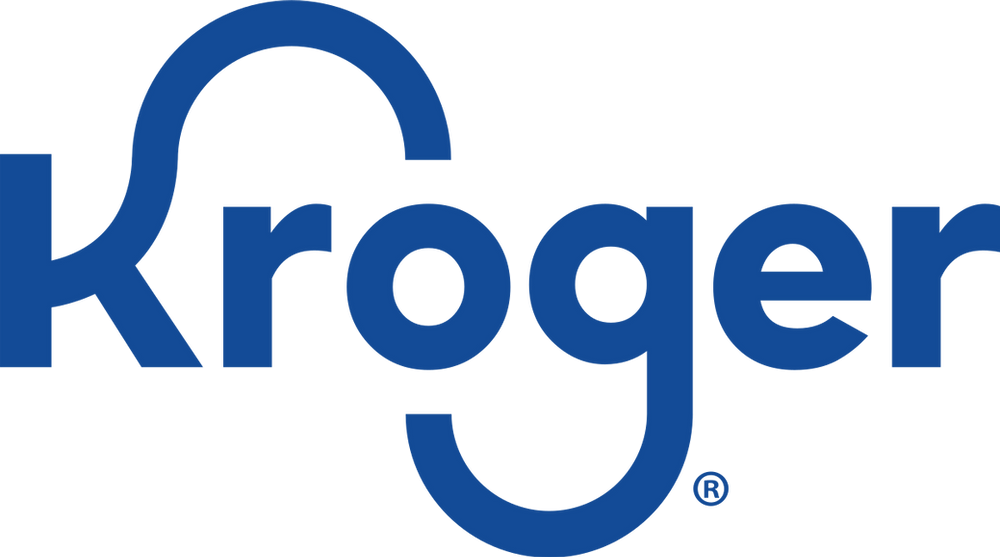
KEY POINTS
Product Listing Ads (or PLAs) are Kroger’s version of paid search.
Only in-stock items can be promoted through PLAs.
PLAs will be visible with a “Featured” flag above the hero image.
85% of keywords on Kroger.com are unbranded, creating massive opportunities to persuade shoppers in their journey.
Kroger auto-populates categories and bidding is done at a category level. To be included in search results for generic terms like “snacks,” work with your Kroger Precision Marketing rep to ensure you’re getting the right visibility.
Kroger, too, employs a second price auction model, meaning you’ll pay $0.01 more than the nearest relevant competitor.
TIPS & TRICKS
From January 2020 to January 2021, searches on Kroger.com rose 60%.
Consider locking in media plans early because the most effective ad inventory often goes within 2 months of fiscal year planning.
CRITERIA INFLUENCING SEARCH RANKING:
- The number of times keywords are mentioned in the product title
- Labeling of visual assets
WINNING SEARCH ON TARGET.COM
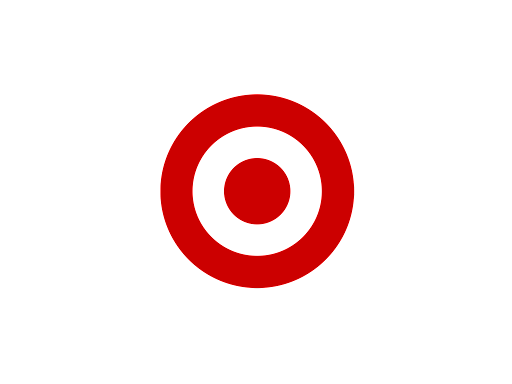
KEY POINTS
Target offers Product Ads on Target.com, as well as Search Ads from Roundel, to drive shoppers from Google to a particular PDP (Product Detail Page).
Employ an “Always On” search approach that creates a seamless shopping experience for current customers and ensures your brand is in the consideration set for all relevant searches.
Bids are set at the line-item or SKU level, so there is no keyword bidding. This allows brands to create campaigns with unique product groupings across multiple retailers within Target partner Criteo’s broader network.
Target operates on a first-price auction model, so be careful not to artificially inflate your CPCs.
TIPS & TRICKS
Target.com’s top 3 search results gain 70% of the clicks.
Given Target’s propensity to highlight private label items in some categories, ensure your organic and paid search strategies are optimized to win share of shelf.
CRITERIA INFLUENCING SEARCH RANKING:
- Image count
- Number of times keywords are mentioned in the product title
WINNING SEARCH ON WALMART.COM
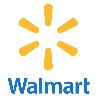
KEY POINTS
Structure campaigns based on a branded, category, and competitor framework. Products must fall within the first 128 organic search results to be eligible for in-grid ad placement.
Auto campaigns can be run at the item level (as opposed to the campaign level on Amazon).
Walmart is a first price auction model, so winning brands pay their CPC bid. Therefore, evaluate bids daily to ensure you’re not overpaying vs. the next-highest bid.
Winning in search is the equivalent of a prime store/shelf location. A great search strategy drives easy discovery — similar to multiple touch points in a store. Unlike Amazon, where a paid and organic listing will both show up in search results, Walmart will only show one.
Walmart.com and the OPD (Online Pickup & Delivery) platform are no longer separate entities for advertising. Search ads will automatically service across the entire platform.
Employ an “Always On” search approach that creates a seamless shopping experience for current customers and ensures your brand is in the consideration set for all relevant searches.
TIPS & TRICKS
Walmart.com and OPD searches are up 56% in 2021.
Walmart’s algorithm seems to focus on returning accurate keyword searches. For example, a branded search will produce more branded items, even if they fall into another category.
CRITERIA INFLUENCING SEARCH RANKING:
- Average number of product reviews
- Number of images on the product page
Special thanks to Profitero for the foundational insights behind this report.

About the Author
John Willkom is the Head of Ecommerce at The Mars Agency, where he helps brands win in the ever-changing world of connected commerce. John has a passion for brand building and discovering “what’s next,” is an avid sports fan, and accomplished author, having penned the Amazon best-selling book, Walk-On Warrior, in 2018. John and his wife, Allison, have two daughters and call Minneapolis home.